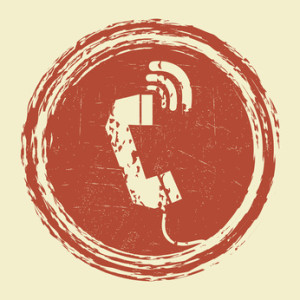
The first step in deciding whether your business needs a CRM administrator is understanding precisely what a CRM administrator does. CRM Administration is an ongoing responsibility. The CRM Administrator bridges the gap between the CRM

The first step in deciding whether your business needs a CRM administrator is understanding precisely what a CRM administrator does. CRM Administration is an ongoing responsibility. The CRM Administrator bridges the gap between the CRM

Executing a successful B2B sales strategy is difficult. It’s always been difficult, even before the days of the web when salespeople largely controlled the buying process. But these days, it’s even more difficult. Buyers no

The biggest fear of any company that has just purchased new CRM software is that no one will use it. Sadly, this happens far more often than many business leaders realize. While the reasons given

The single most significant challenge for employers who have recently deployed a new CRM system is getting people to use it. While things can be done during the planning and deployment phase of the process

Rarely does a week go by that we don’t hear from someone whose company is using a legacy system for CRM. In many cases, there have been hundreds of thousands of dollars invested in the

CRM. Customer relationship management. It’s not a new business concept nor is it rocket science. But it’s a science. Your business must manage and track its customers to realize success. And to move up the

To be useful to your business, CRM data must have two essential qualities: accuracy and accessibility. Without both qualities, whatever data you’ve collected (or think you’ve collected) won’t be as valuable as you would like

There are a lot of reasons why your business may be considering switching to a new CRM system. No matter how good a particular CRM vendor is, their product will never be a perfect fit

So here we are again with another discussion about CRM user adoption. It was only a few months ago that I wrote about how good leadership can increase user adoption, but a recent discussion we

Whether your business is focused on B2B, B2C, or a combination of the two, it’s important to understand some of the key differences between them. While both groups have the same basic goal — to

When a business purchases a new CRM solution or upgrades an existing one, that decision almost always comes from executive management. It may come from employee feedback and requests, but ultimately it’s up to the

Halfway through Q4, and with the holiday season quickly approaching, a lot of B2B and non-retail related businesses often find things starting to slow down a bit. During this winter doldrums period, rather than taking

Your CRM system is hungry. Right now, it’s hungry. It’s always hungry. For data. If you’re a sales or marketing manager, you probably spend a considerable portion of your time trying to figure out how

With the prevalence of content marketing strategies and pay-per-click (PPC) advertising strategies to drive website visitors, and with marketing and sales teams working in greater harmony than ever, the traditional CRM sales funnel can be viewed
® 2024 CRM Switch. All rights reserved.